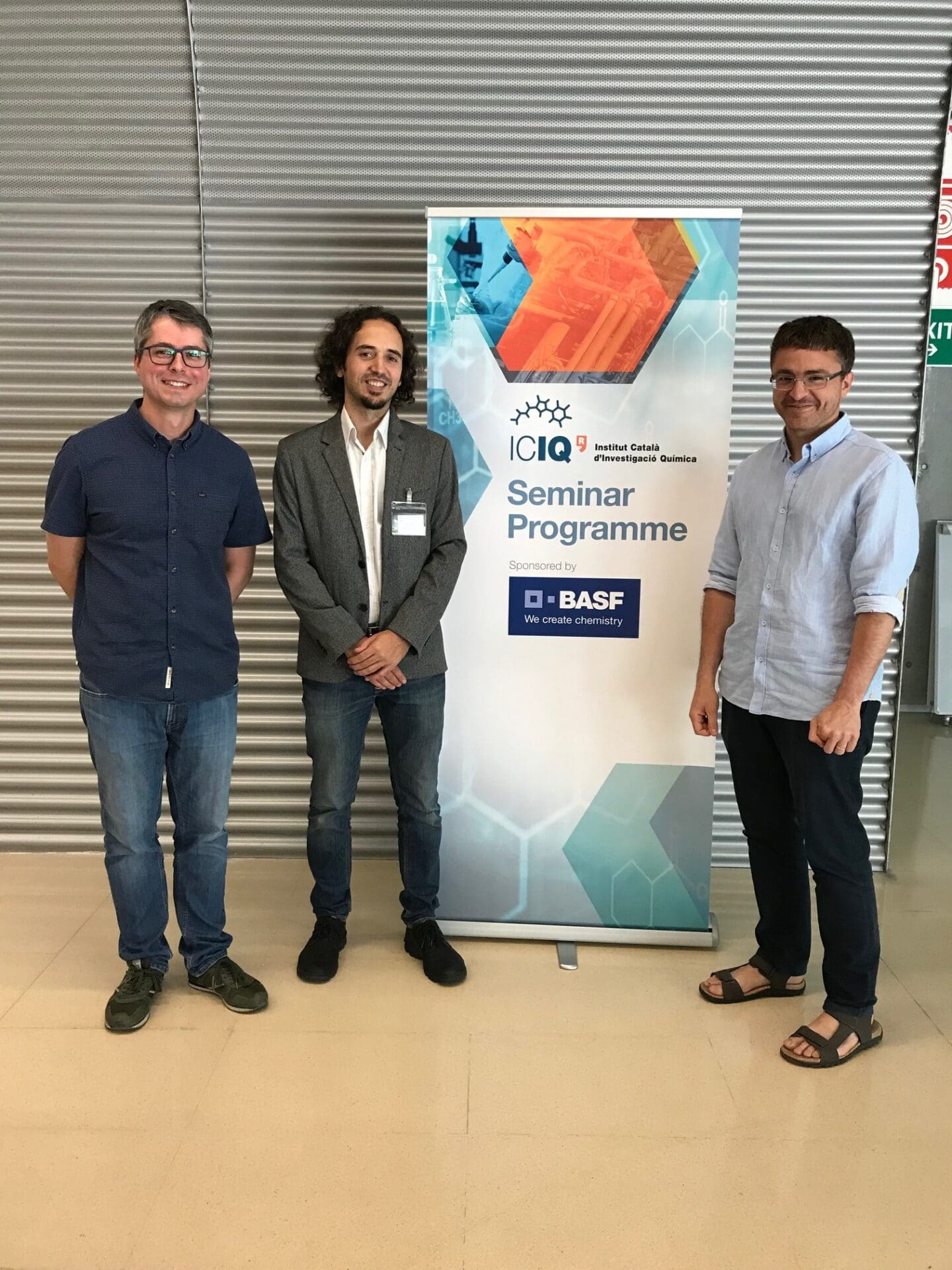
 06/06/2019
06/06/2019
 11:30 h
11:30 h
- Lecturer: Dr. Jesús Campos
- University: CSIC - Universidad de Sevilla (Spain)
- Sponsored by:

Small Molecule Activation with Bimetallic Systems: From Interaction to Frustration
In the early 80s Chisholm proposed that “all the types of reactions which have been studied for mononuclear transition metal complexes will also occur for dinuclear transition metal complexes”. Almost 40 years later, continued research on the area of bimetallic systems has proven that claimed and gone beyond. Regarding catalytic applications, there are many important transformations that require the concerted action of pairs of active metal sites, paralleling what is often found in metalloenzymes. We recently started to investigate late-transition bimetallic systems characterized by the use of sterically hindered phosphine ligands containing a terphenyl (2,6-C6H3-Ar2) substituent. Phosphine ligands occupy a prominent position within organometallic chemistry and homogeneous catalysis, and those providing enough steric shrouding have allowed developing novel catalytic processes and kinetically stabilizing many uncommon low-coordinated structures. In the last two years we have analyzed the effect of the stereoelectronic properties of these terphenyl phosphine ligands in the competition between the formation of M-M bonds versus M···M frustration and investigated the reactivity derived from a variety of bimetallic systems, an example of which is depicted in the Figure below. Our results pertaining the reactivity and potential in catalysis of a number of bimetallic pairs based on late-transition metals and group 12 elements will be discussed.
Other events

Let's create a brighter future
Join our team to work with renowned researchers, tackle groundbreaking
projects and contribute to meaningful scientific advancements





















